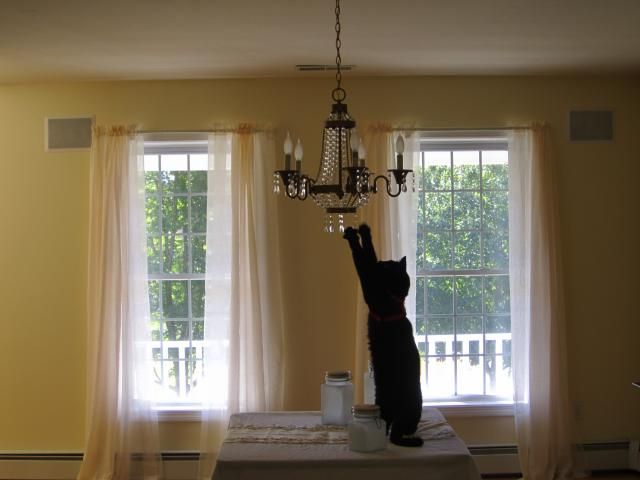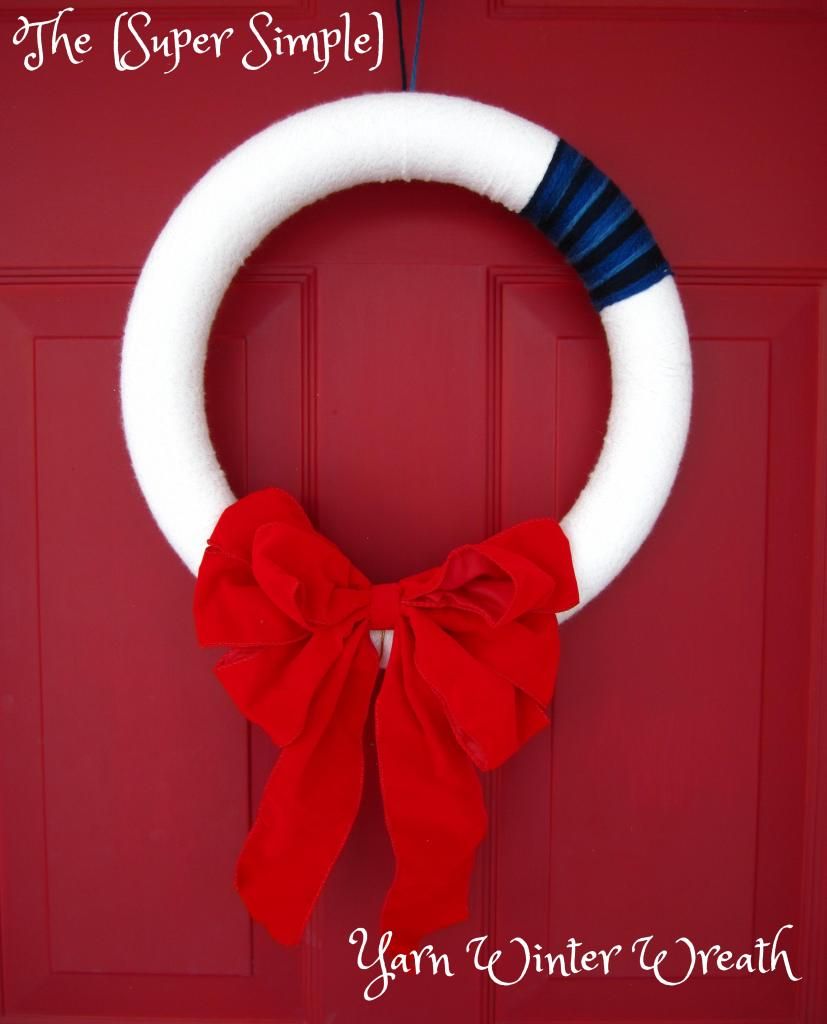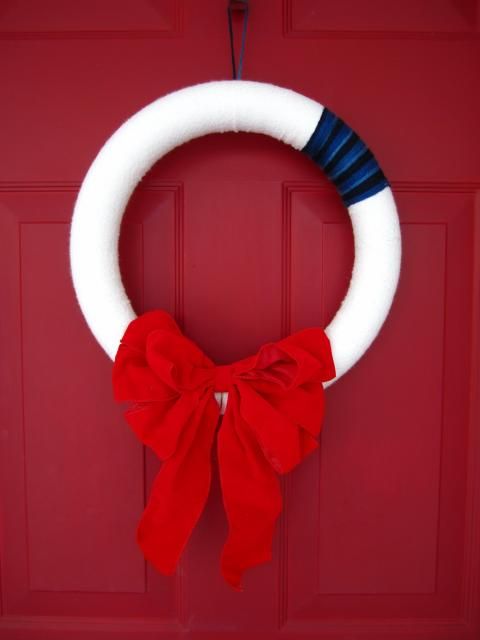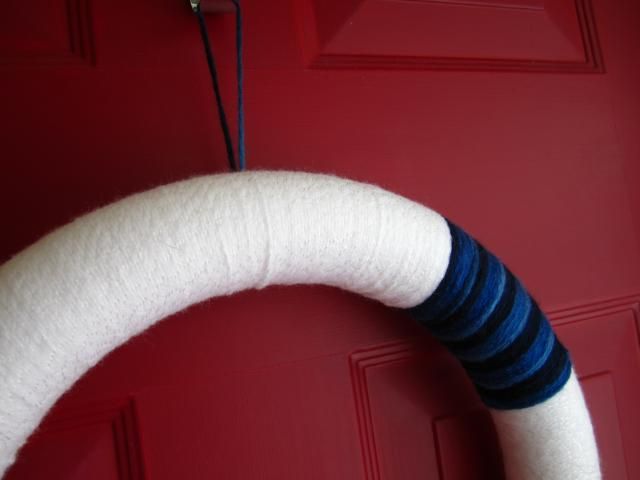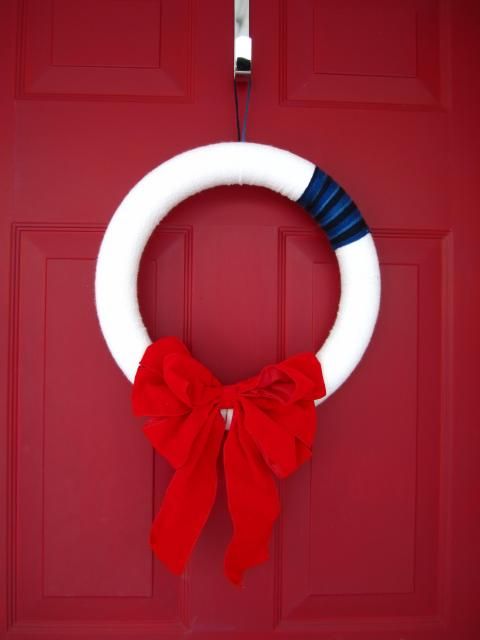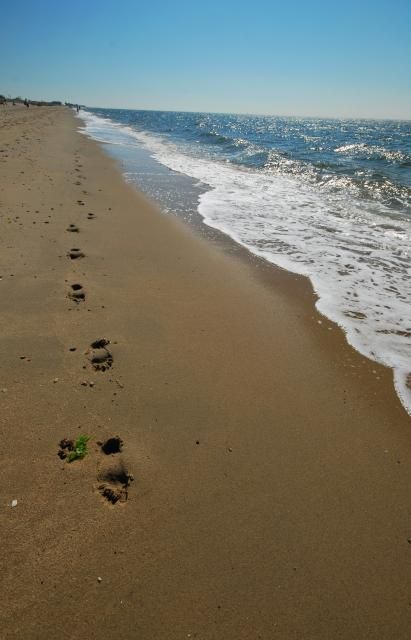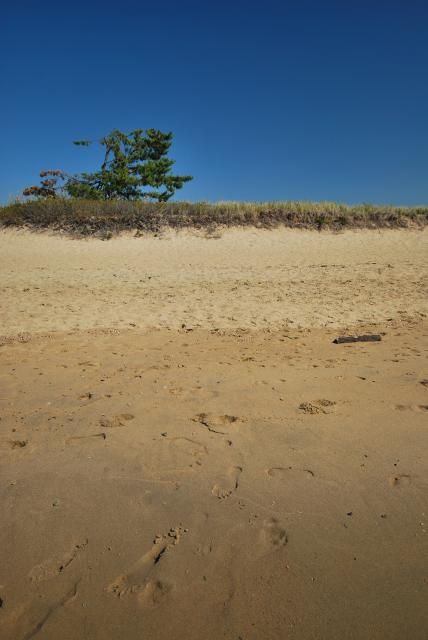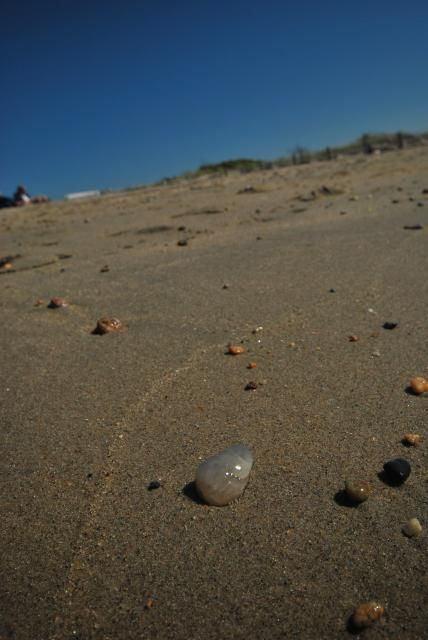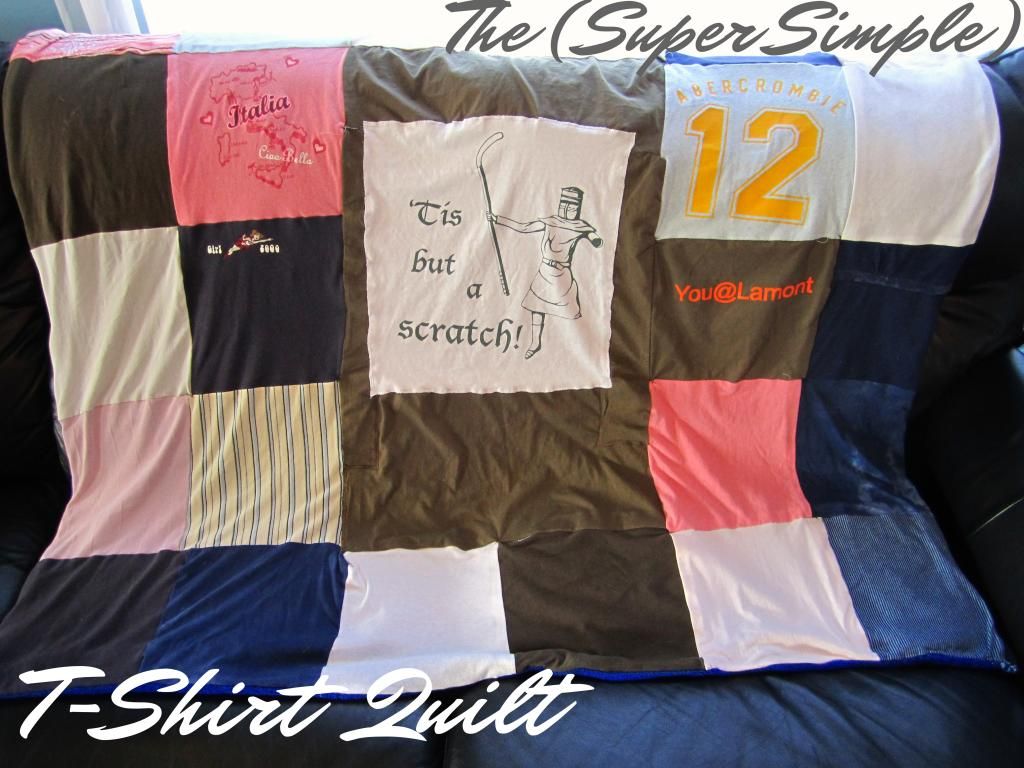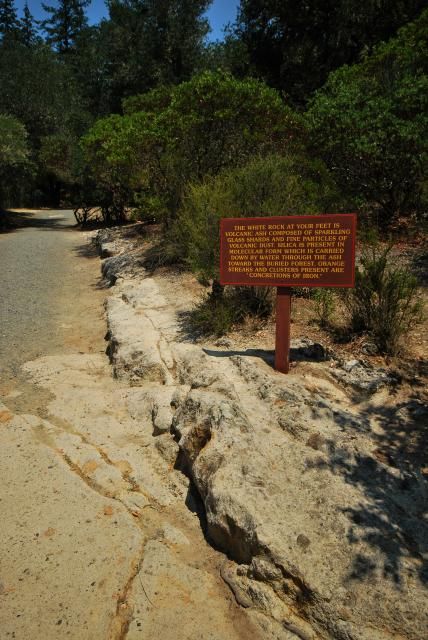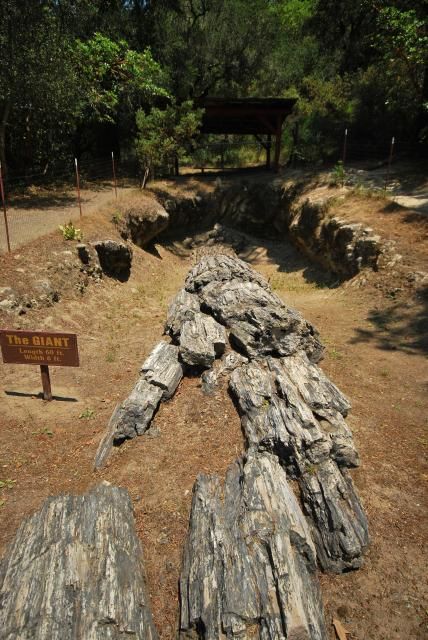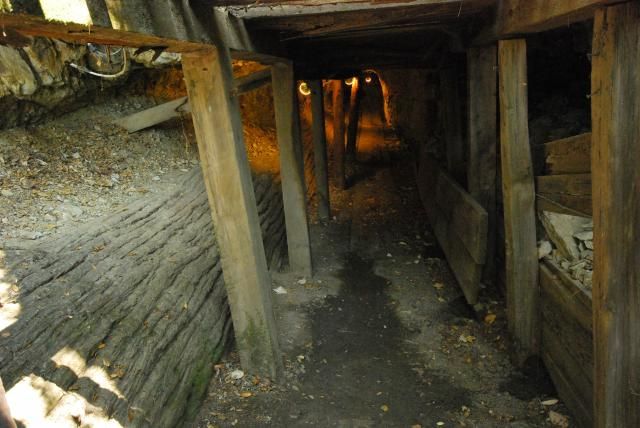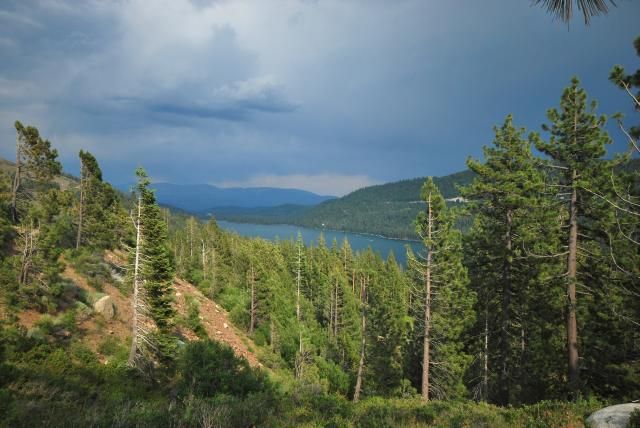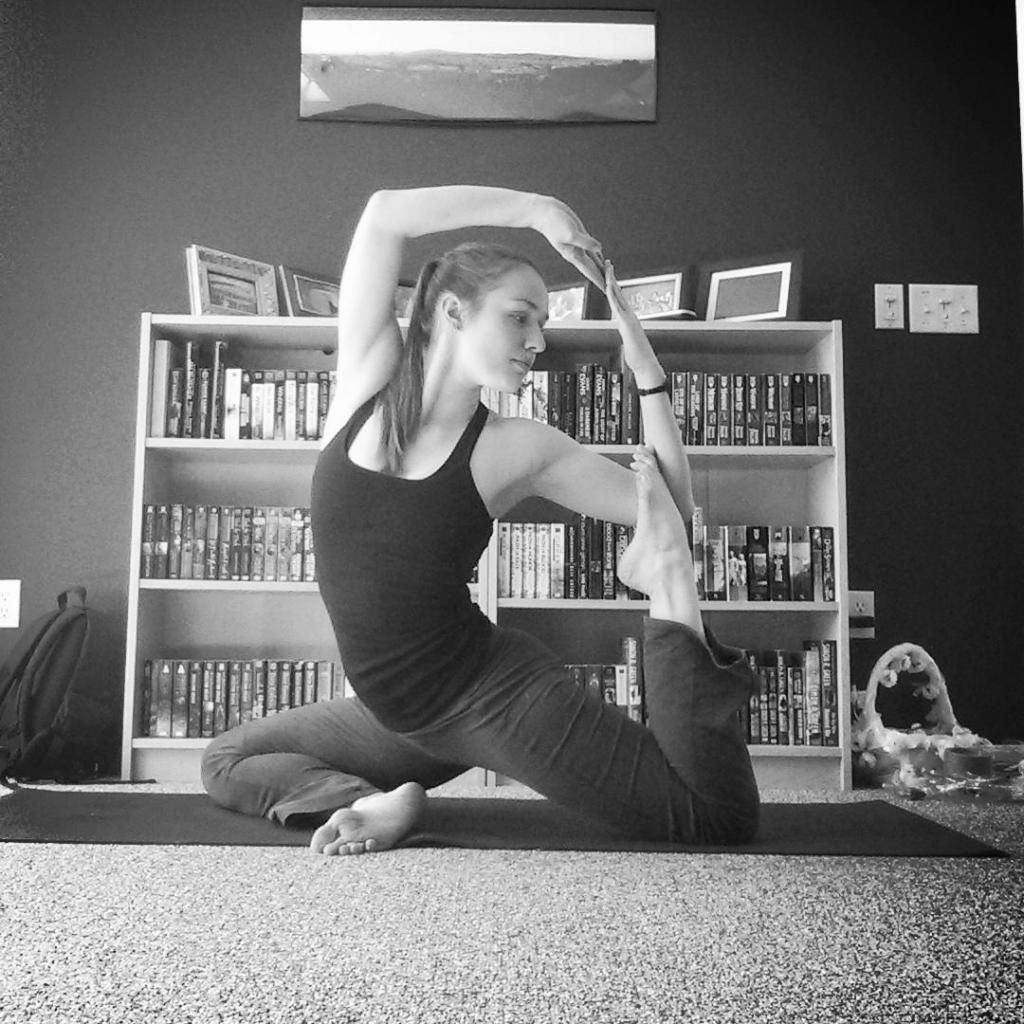
(Here we go: I promised some fitness posts in 2014!)
It's easy to look at someone who does, on average, 30-60 minutes of yoga every single day, someone who cannot shut up about yoga, someone who is enrolled in yoga teacher training, and assume that they have always been an obsessed little yogi all their lives. Or, that they have always been a fitness buff and took yoga on as yet another conquest. The truth of the matter is, not even four years ago, I was the type of person who thought going to the gym three times a week for thirty minutes was "hardcore training." Been on the elliptical for 20 minutes? Hoo-wee, someone get that girl a pizza because she is burning ALL the calories.
To be perfectly honest, I was sporadic and inconsistent with exercise and I was as inflexible as all getout. I started getting into yoga because I needed better ways to handle the stress at work (and I was ashamed that I couldn't even touch my toes). I looked at what was available in terms of classes and got overwhelmed: I'm not even inside a gym for an hour and fifteen minutes -- how was I supposed to do yoga for that long?
I started off slow. I had a (very crappy) yoga app on my phone that I used for the first month -- before recognizing said crappiness and moving on. This is when I found the power of YouTube. From here, I found comprehensive yoga classes that got me moving, got me stretching, and, most importantly, got me into the right mindset. When I was ready (and only when I was ready), I started finding longer and longer videos, until eventually I caved and started taking full-on classes.
Below are the very videos that got me into yoga. Yoga can be pretty daunting, especially if the teacher is prattling on about pranayama and ujjayi breath and you are just praying you don't fart while in warrior one pose. These videos made yoga super accessible, and I can't recommend them enough. While any video is wonderful for a beginner, I do recommend doing these videos one at a time, and in this particular order:
Tara Stiles - De-Stress Yoga
Who doesn't have nine minutes? What I love about Tara Stiles as a yoga instructor in general is that she has such a chill demeanor that just listening to her makes you feel calm. I'm a bit of a hipster; I prefer Tara's *original videos*, before she got all internet famous (this being one of those pre-fame videos), but all of her routines are super fun and interesting. Can we guess why someone like me -- a then-frazzled preschool teacher -- would gravitate toward this routine after a long day?
Tara Stiles - Morning Yoga For Flexibility
Honestly, Tara Stiles is so absurdly approachable when it comes to her routines. It is little wonder that her videos make up the beginnings of this list. These little 10-to-15-minute routines are the ultimate introduction to yoga. Don't let her flexibility make the sequence feeling daunting. You can always modify (heaven knows my hands were not touching the ground when I first did these videos):
Tara Stiles - Yoga for Getting Out of Your Own Way
This one is a little longer (11 minutes) and a little more challenging. But, as Tara Stiles says, you don't have to do all the crazy postures. Just get on the next bus. This little routine really improves your core strength, your flexibility, and your balance.
Yoga Today - Yoga for Stress Relief
It's a pity that the shorter sequences from Yoga Today are becoming harder to find on YouTube. Yoga Today is a great website, however, for full-length classes. Adi Amar has such a sweet demeanor and it really shows when she explains her sequences. She is easily my favorite Yoga Today instructor. This 13-minute sequence is a guaranteed relaxation-creator:
Urban Mystic Yoga Flow
This is my go-to "I don't feel like doing yoga today" YouTube routine. There is something about this 20-minute routine that eases me into yoga/exercise. I don't know if it's the fun dynamic between the two yoga instructors, or the reasonably-paced sequence (or the catchy music), but this video really is my safety net when all I want to do is sit around.
Yoga Quickie - 20 Minutes of Flow
Once you get comfortable with 10 minutes of yoga, the jump to 20 really isn't that scary. This is a very powerful 20-minute sequence, and you'll feel it in your core and your shoulders. But there is something so relaxing about the instructor's voice, as well as the waves crashing on shore.
Intermedia Dogmar Vinyasa Flow
Are you ready to kick it up? The 40-minute classes from this particular instructor were my litmus test -- if I could have the mental fortitude to do a 40-minute class (because my biggest worry was not my muscles fatiguing, but my brain wandering), then maybe I was ready for those 1:15 classes. This video -- along with similar videos from this instructor -- eased my worries about if I was "ready". This sequence is challenging, but it feels incredible and the 40 minutes are over before you know it:
Yoga shouldn't just be for people who can do splits and backbends and can balance their entire body weight on one elbow. And it also shouldn't be reserved for those who know the difference because a yama and a niyama. Yoga is a great physical and mental practice with so many variations that there will be a right fit for everyone (I should point out that all of these videos can be classified as vinyasa-style. There are countless different types of yoga, from gentle restorative yoga, yin yoga, ashtanga yoga, power yoga...). It's just a matter of giving it a try and seeing what works for you.
(FYI: "yamas" are essentially ethical practices that you do for other people, while "niyamas" are ethical practices that you do for yourself.)



